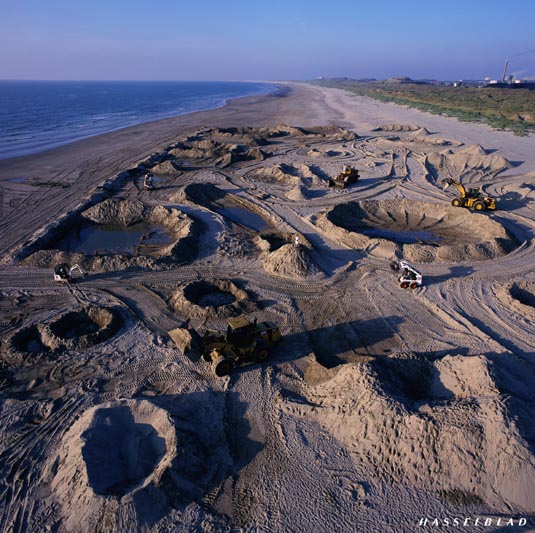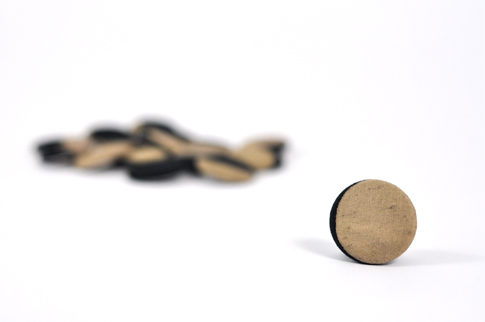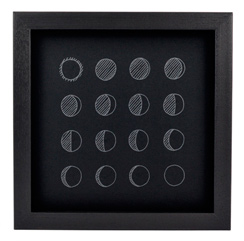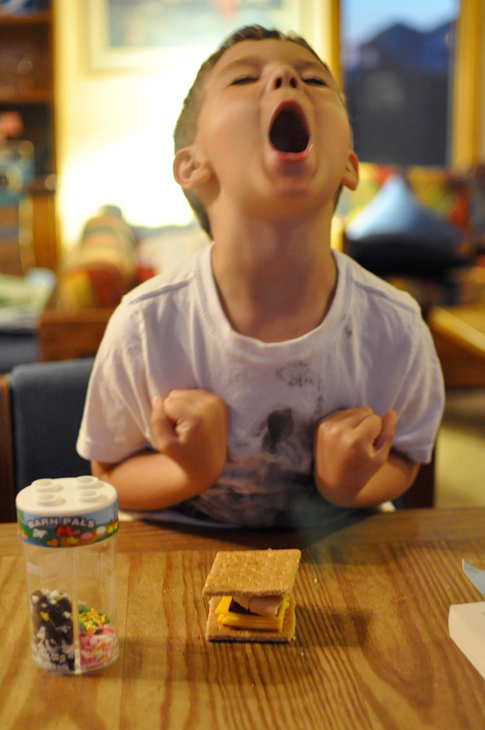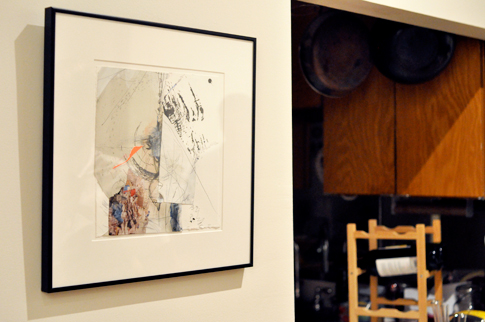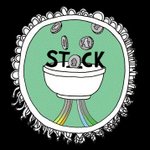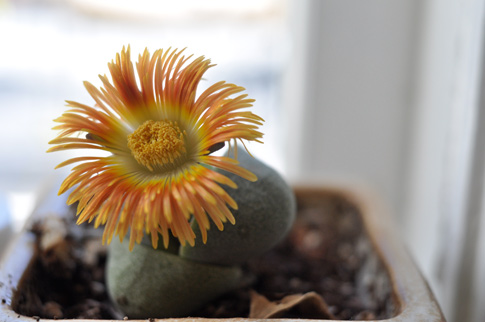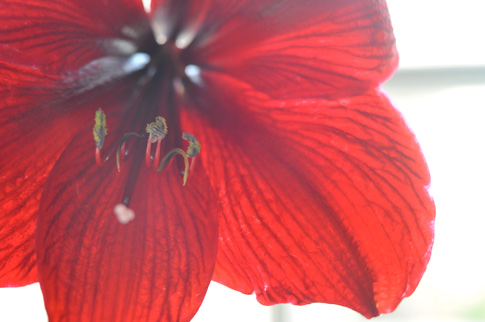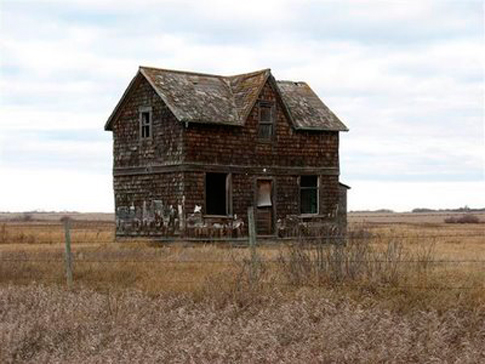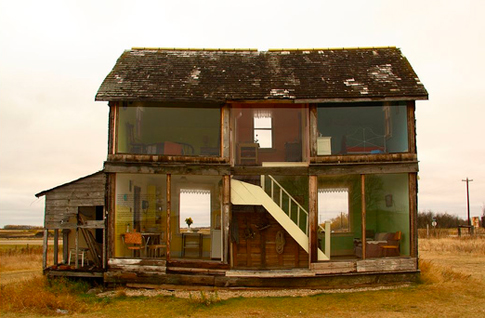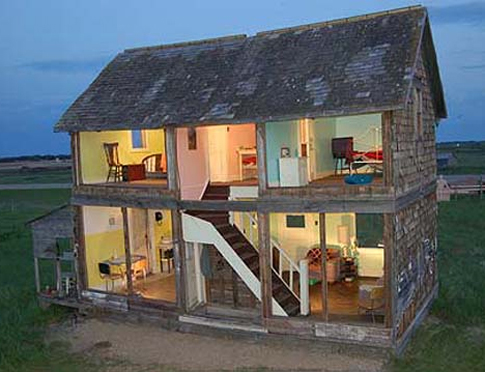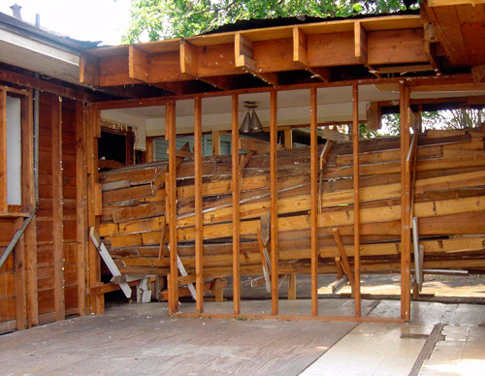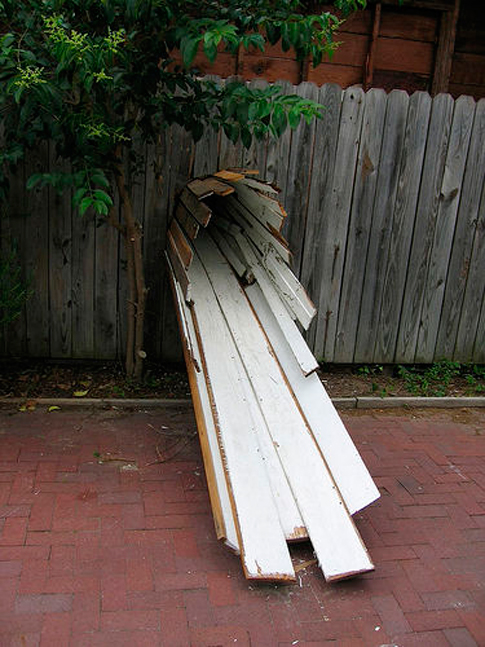Annotated Links: TPG11
Annotated Links blog Phases of the Moon TPG11
Helena’s Picks:
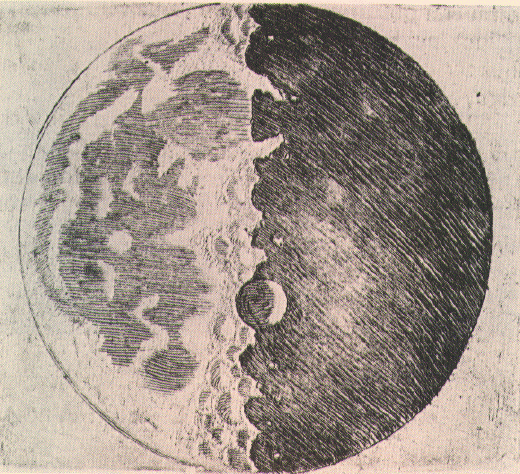 Galileo Galilei’s Moon Drawing
Galileo Galilei’s Moon Drawing
First known drawing of the Moon through a Telescope
Michael Light – Created a book, titled Full Moon, of 129 images of the moon culled from the 32,000 images taken during Apollo missions.
*note: it looks like he is building a new website… this link may not be active much longer?
Astronaut Alan L. Bean was the fourth man to walk on the moon and retired early from NASA to focus full time on making paintings depicting his lunar travels.
Tiny Showcase – Alec Thibodeau Lunar Calendar Poster
The Moon in Contempoary Art:
Wax and Wane by Cassandra C. Jones seen at Baer Ridgeway Gallery in San Francisco
“Wax and Wane is a Snap-Motion Re-Animation made from 900 found photographs placed in order to re-create one full cycle of the moon. The photographs that are included in Wax and Wane came from around the world and are taken by different photographers, mostly amateur. I collect them from friends, family, colleagues, acquaintances, strangers, image banks, photo exchanges, thrift stores, libraries, private collections, want adds, eBay and the public domain archives ofthe US Army, NOAA and NASA.”
Aleksandra Mir‘s “First Woman on the Moon” is part land art, part social commentary, and part performance. In 1999, inspired by the thirtieth anniversary of JFK’s famous speech leading us to moon exploration, Aleksandra Mir created a lunar landscape on a Dutch beach and documented her exploration, as the first woman on the moon, on video.
Chris Thorson’s “Waning”
Art of the moon: an exploration in space: From Galileo’s conspiracy theories to Paul Van Hoeydonck’s secret sculpture installed on the moon, Skye Sherwin, a writer for The Guardian(UK), looks at how the relationship between art and lunar exploration has endured
Wikipedia gives us:
A Chronicling of the Moon as an inspiration for works of literature, art, and music and
The Moon in Mythology

